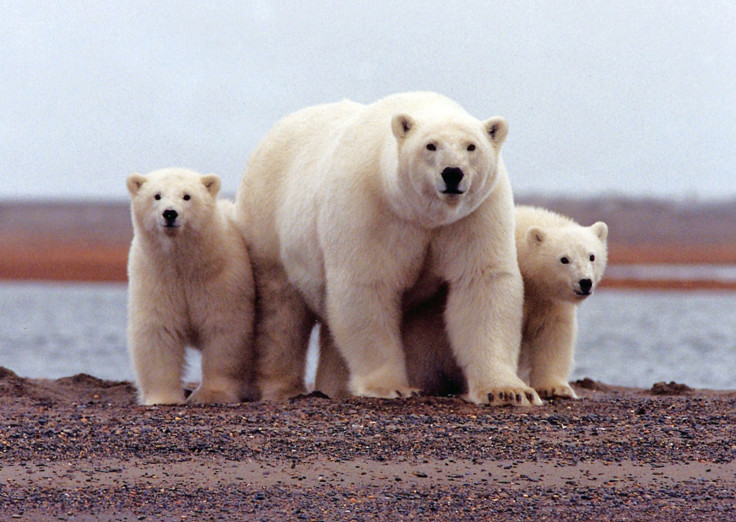Polar bears adapting to ice loss and climate change?

Loss of sea ice and other dramatic changes in habitat are causing the polar bear to shift its populations to colder regions, says new research.
A gradual shift in bear population distributions has been noted by Elizabeth Peacock, a US Geological Society researcher.
Over the last 15 to 45 years polar bears have shifted their distribution more toward the Canadian Archipelago, which is north of the Canadian mainland in the Arctic.
The study is published in the latest issue of PLOS ONE, reports Discovery.
"Sea ice is like a moving sidewalk and they travel with it," Peacock says. "Bears likely move towards places with better access to prey and mates."
A directional gene flow from south, east and west towards the Canadian Archipelago was noticed in DNA analysis of four genetically similar clusters of polar bears identified by their location.
Sea ice is used by the bears as a platform for access to prey (seals), for migration, mating and raising cubs. Loss of ice results in bears having to swim greater distances in open water. It also means longer periods of not eating while on land.
A recent study on sea ice projections for the Canadian Arctic Archipelago had showed that the region may see two to five months of ice-free conditions, spurring the decline of the polar bear population.
By 2070, more than 80% of the archipelago's ice could break up by July each year, forcing pregnant females to retreat to land prematurely, lacking sufficient fat reserves to support pregnancy and nursing.
Whales and walruses have also been noticed to move further north under reduced ice cover. Moving into a new habitat could have unseen impacts on the new ecosystems occupied, say scientists.
© Copyright IBTimes 2025. All rights reserved.





















